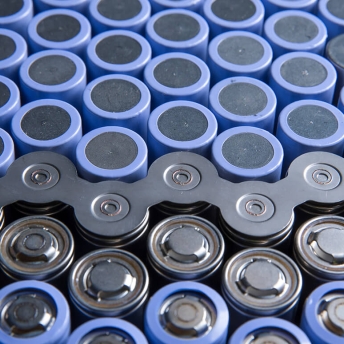


ESG: Last call to take effective action

Achieving resilience and sustainability for the EV battery supply chain

European battery recycling: An emerging cross-industry convergence


ESG: Last call to take effective action

Achieving resilience and sustainability for the EV battery supply chain

European battery recycling: An emerging cross-industry convergence